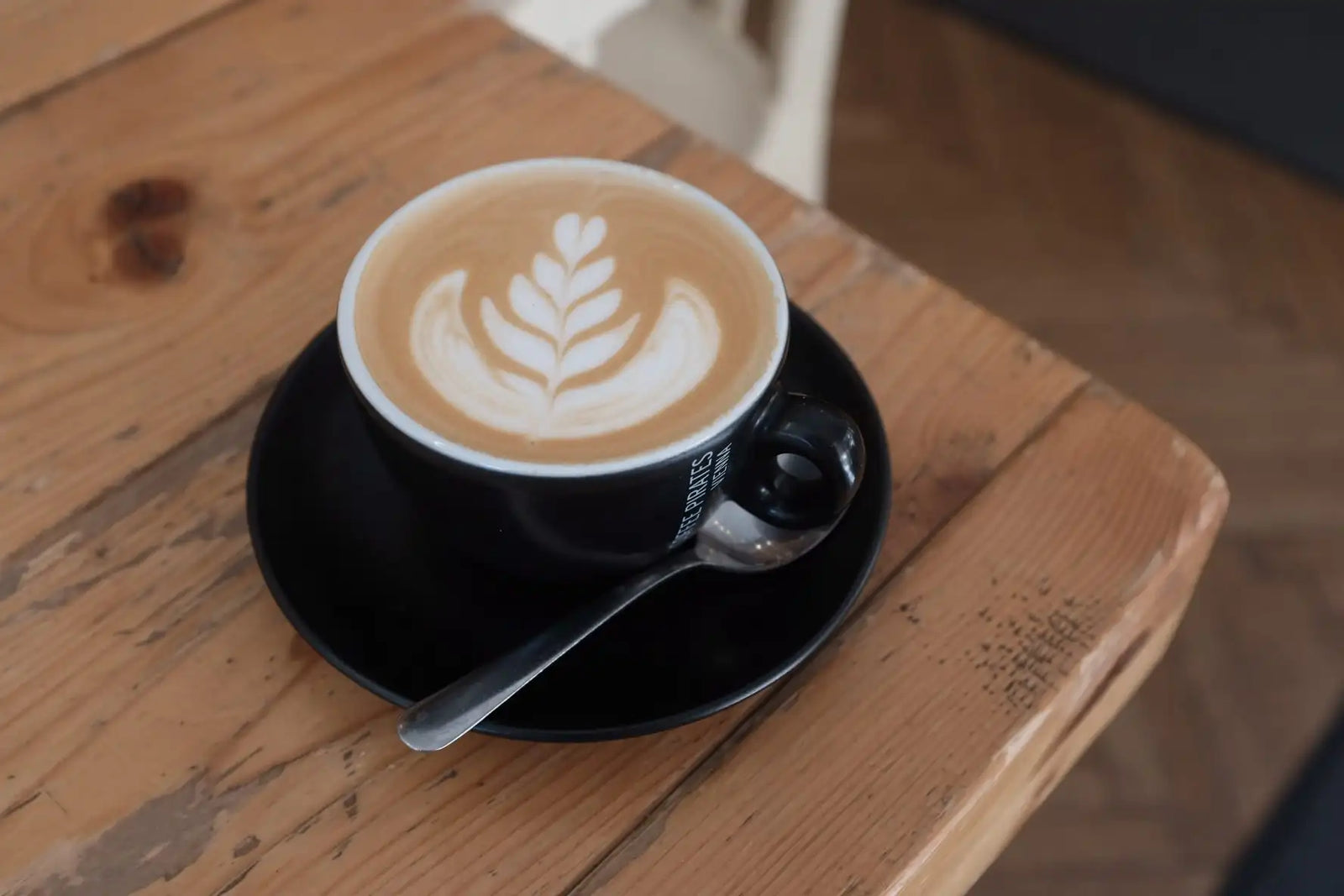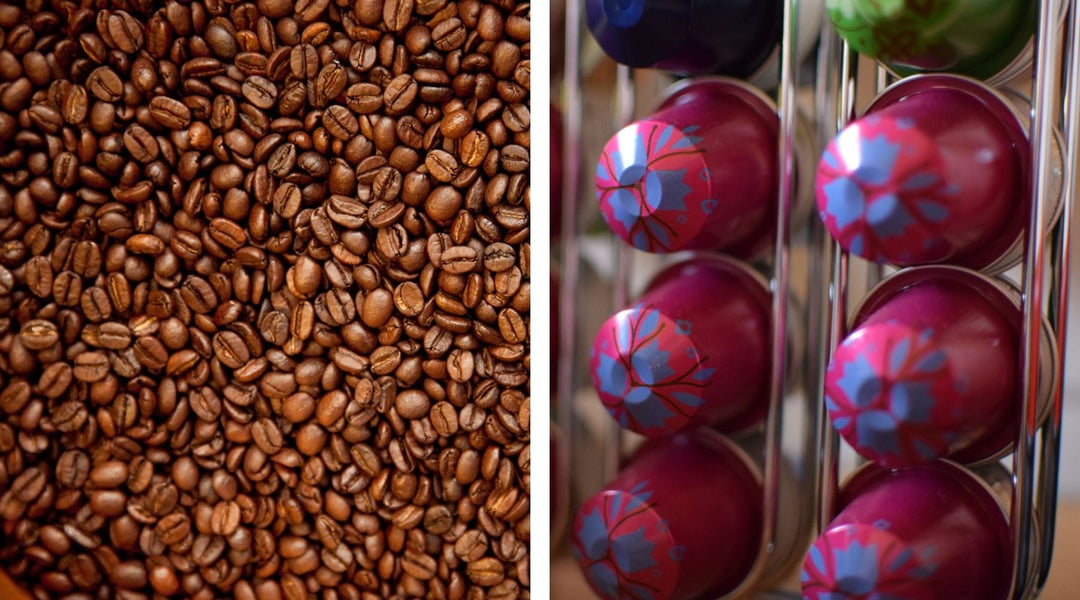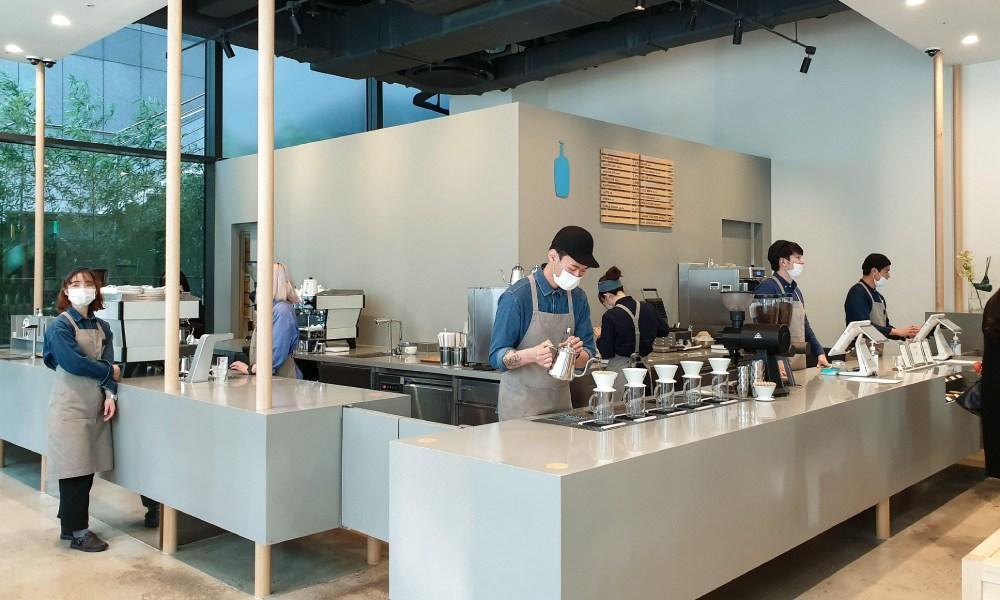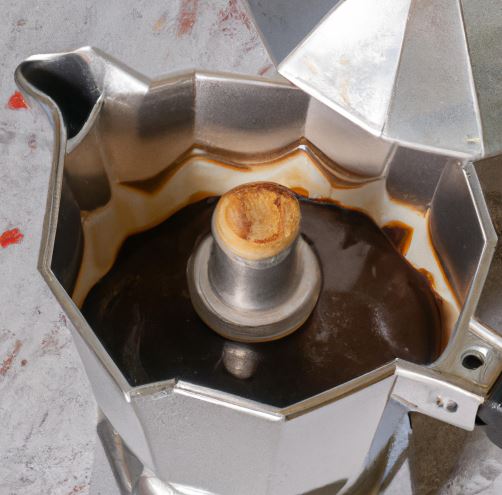The Art of Latte Art

Latte art is a beloved aspect of coffee culture, adding both visual appeal and flavor complexity to the humble latte. From simple heart shapes to intricate designs like swans and rosettas, latte art has become an art form in its own right. In this blog post, we will explore the origins of latte art, how it has evolved over the years, and its impact on coffee culture.
Origins of Latte Art
Latte art has its roots in Italy, where espresso and milk-based drinks like cappuccinos and lattes have been popular for decades. The earliest known example of latte art can be traced back to the 1980s in Seattle, Washington, where a barista named David Schomer began experimenting with pouring steamed milk into espresso to create designs on the surface of the drink.
The Evolution of Latte Art
In the years that followed, latte art grew in popularity and complexity, with baristas around the world developing new techniques and designs. The most popular designs include the heart, tulip, rosetta, and swan, but there are countless other designs that creative baristas have come up with over the years.
As latte art has become more sophisticated, baristas have also experimented with using different types of milk, such as oat, almond, or soy milk, to create new textures and flavors. Some baristas have even begun using food coloring to add color to their designs, creating rainbow or galaxy-themed lattes.
Australian coffee culture plays a huge part in the evolution of latte art as well. Its experienced baristas and their avid love for coffee have molded new designs and shapes into form, taking the forefront of latte art by storm.
Impact on Coffee Culture
Latte art has had a significant impact on coffee culture, transforming the humble latte from a simple morning beverage to a work of art. It has become a way for baristas to express their creativity and to distinguish themselves in a crowded marketplace. Customers have also come to appreciate the visual appeal of latte art, with many sharing photos of their drinks on social media.
In addition to its aesthetic appeal, latte art has also impacted the flavor of coffee. By pouring steamed milk into espresso in a specific way, baristas can create different layers of flavor, adding sweetness and complexity to the drink.
Conclusion
Latte art has come a long way since its origins in Seattle in the 1980s. Today, it is a beloved aspect of coffee culture, adding both visual appeal and flavor complexity to the humble latte. With baristas around the world experimenting with new techniques and designs, it's clear that latte art will continue to evolve and push the boundaries of what is possible with coffee.




